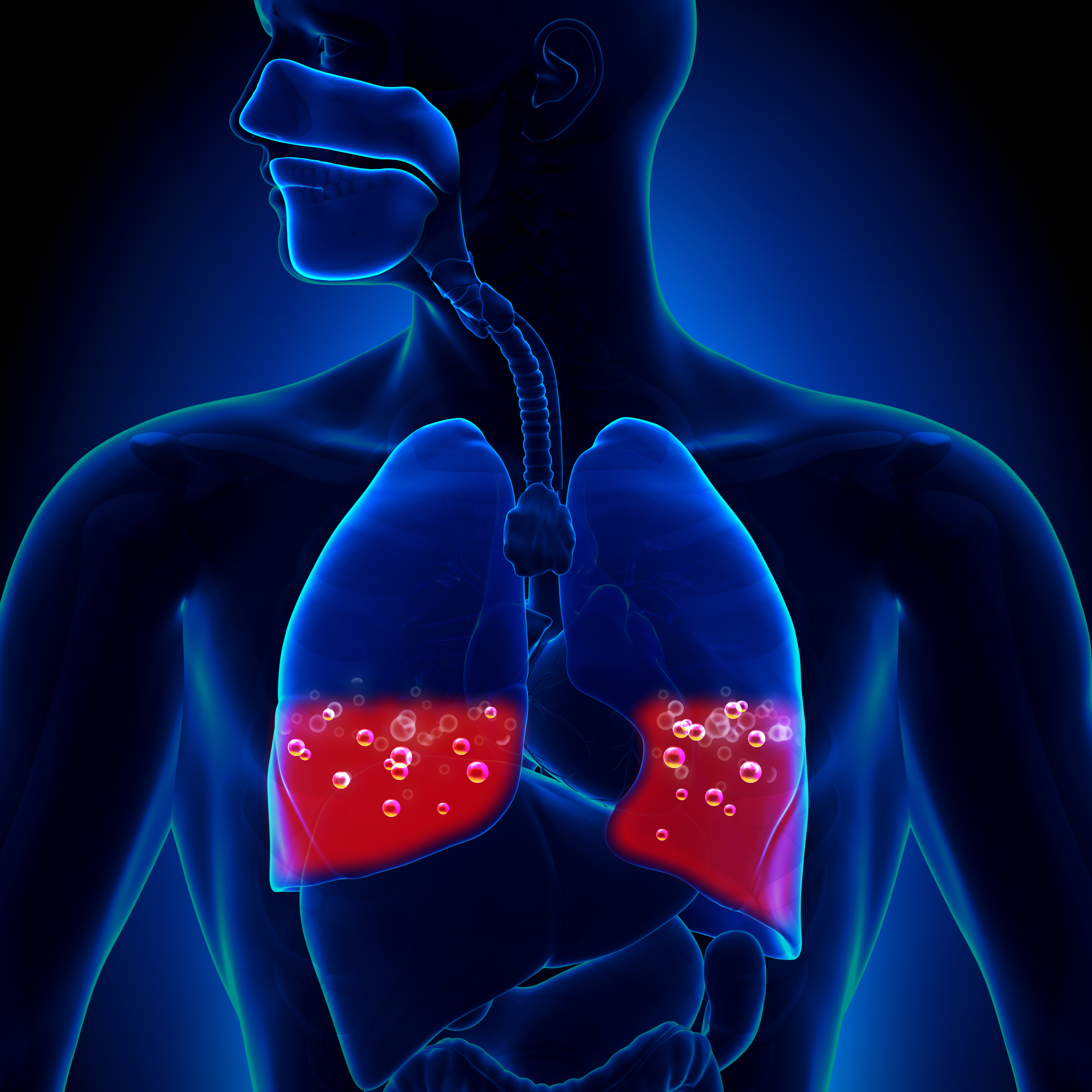A mobile, easy-to-use device that provides quick emergency support to patients suffering from obstructive apnea.
Epileptic seizures can cause laryngospasm, leading to complete obstructive apnea. During periods of obstructive apnea, cardiac rhythm changes indicative of hypoxia occur within tens of seconds. Additionally, when the laryngospasm ends, there is a persistent decreased oxygen saturation. In epileptic patients that have died suddenly, pulmonary edema is the most common autopsy finding. Pulmonary edema impairs gas exchange for times that last much longer than the period of obstruction. The effort to breathe increases as the duration of obstruction increases. The large negative pressures developing within the alveoli from pulling against a closed glottis are a significant contributor to pulmonary edema. Hypoxia triggers various cellular responses, including the production and release of VEGF which can chemically increase leakage of plasma into the interstitial space around alveoli.
This technology provides an intervention that supports the individual during respiratory obstruction while preventing pulmonary edema development so that recovery from obstruction is rapid. The intervention can be deployed in the field quickly enough to save a life. Cardiac rhythm changes occur within tens of seconds and respiratory and/or cardiac arrest in about 1 minute. In potentially fatal seizure-induced laryngospasm, support needs to last several minutes before the obstruction spontaneously resolves. In a choking incident, the intervention provides minutes to remove the obstruction. In acute airway obstruction due to allergic reaction, the device can support the individual for a longer period, allowing trained emergency professionals to provide treatment.

• Prevents pulmonary edema and, when using oxygen for inflation, protects against hypoxemia during acute upper airway obstruction.
• Can be deployed by users without specialized training. This is in contrast to sophisticated intubation procedures performed in an emergency setting by highly trained physicians or technicians.
• Supports the patient for minutes.
• Portable and quickly deployed in the field.
The primary application for this technology is to provide life-saving support to patients experiencing a potentially fatal episode of obstructive apnea.
US Granted Patent: US11,033,702
TRL 3 - Experimental proof of concept
This technology is available for licensing.
This technology will be of value to any company or institution involved in providing emergency relief to patients suffering from obstructive apnea. This includes:
• Manufacturers of medical devices
• Hospitals
• Emergency services and agencies